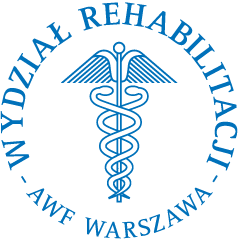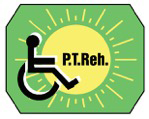


|
Current issue
Archive
Manuscripts accepted
About the journal
Editorial board
Reviewers
Abstracting and indexing
Contact
Instructions for authors
Publication charge
Ethical standards and procedures
Editorial System
Submit your Manuscript
|
1/2021
vol. 35 abstract:
Original paper
Using the Jebsen-Taylor test in patients after radial bone fracture
Joanna Białkowska
1
,
Barbara Juśkiewicz-Swaczyna
2
,
Marta Andrzejczak
2
1.
University of Warmia-Mazury in Olsztyn, Collegium Medicum, School of Public Health, Poland
2.
Józef Rusiecki Olsztyn College, Faculty of Physiotherapy Olsztyn, Poland
Advances in Rehabilitation, 2021, 35(1), 24–31
Online publish date: 2020/12/12
View full text
Get citation
ENW EndNote
BIB JabRef, Mendeley
RIS Papers, Reference Manager, RefWorks, Zotero
AMA
APA
Chicago
Harvard
MLA
Vancouver
Introduction
The aim of the study was twofold. First it was to assess the usefulness of the Jebsen-Taylor test of hand function in an analysis of rehabilitation outcomes in patients after radial bone fracture and second, it was to examine whether the results of JTT correlate with other methods applied in objective assessment of patients' functional state after radial bone fracture. Material and methods The study population consisted of 64 patients . The study included an assessment of hand functional mobility with the use of the JTT, measurement of the hand muscle strength with a hydraulic dynamometer, measurement of the pressure strength of the thumb with a grip dynamometer and pain measurement with the VAS scale. All tests were performed before and after 21 days of rehabilitation. Results The time needed to perform all seven tasks included in the JTT was consistently reduced in both non-dominating and dominating hands and the results showed high reliability. Some correlations were observed between JTT and other methods of assessing outcomes of rehabilitation. Conclusions The JTT is a simple, reliable, objective and standardised tool for clinical assessment of the functional state of patients with various hand dysfunctions and it should be widely applied in clinical practice. We found it to be reliable, easy to administer, and comprehensive in an assessment of hand functions. It correlated with several other measurement that assess outcomes of rehabilitation and therefore it is recommended that JTT should be combined with other methods to assess rehabilitation results and provide a comprehensive evaluation of the patient. keywords:
muscle strength, Jebsen-Taylor hand test, objectivisation of rehabilitation |
    |